The space toilet is a very important part of the launch plan, because Hurley and Benken will spend nearly a full day in the manned dragon spacecraft before reaching the International Space Station. NASA declined to provide the media with any details about the new space toilet.
Editor’s note: This article is from Tencent Technology , reviewed by Jinlu.
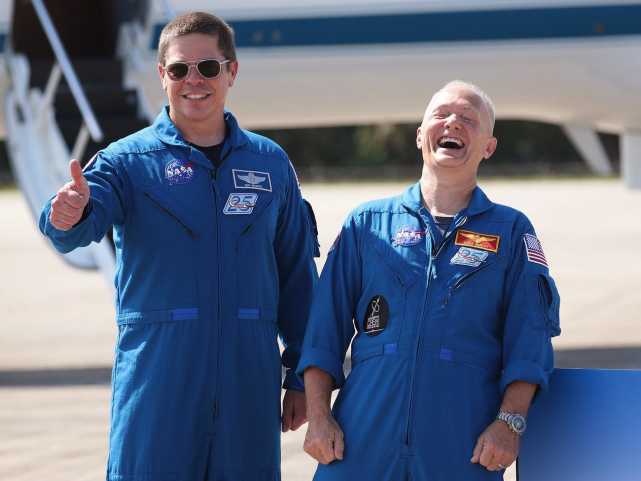
Figure 1: NASA astronaut Bob Ben preparing to carry the SpaceX manned dragon spacecraft to the International Space Station Ken (Bob Behnke
Tencent Technology News May 28, according to foreign media reports, since the first American astronaut visited space 59 years ago, NASA has been working hard to find a way to maintain cleanliness and comfort in space, including allowing people to There are toilet facilities in space.
The first option is a rather rough, temporary solution, which has caused a lot of confusion. Alan Shepherd was the first American to enter space. In 1961, he peeed in his pants on the launch pad. He later recalled: “Fortunately, when we launched, the pants were completely dry.” The astronauts of the Apollo project had to use roll-up cuffs to urinate, and other things used plastic bags. Sometimes the waste will escape and float around.
After the Apollo mission in 1975, engineers described bowel movements and urination as “the most annoying thing in space travel.” Even now, when NASA ’s two astronauts Doug Hurley and Bob Behnken are preparing to launch from the US mainland for the first time since the end of the US Space Shuttle program in 2011, The trouble of the space toilet has not been completely solved.
No officials at SpaceX or NASA are willing to disclose the exact location of the toilet on the manned dragon spacecraft and how it works. In any publicly available technical drawing of the spacecraft, there is no indication of where the toilet may be located. Hurley told reporters earlier this month: “That toilet? Ah, we will let you know what is going on. There are space toilets on the spaceship. We will try it, we come backWill tell you later. “
The mystery of SpaceX ’s proprietary space toilet

Figure 2: May 24, 2020, SpaceX Manned Dragon Spaceship and Hunting Eagle 9 Rocket in Florida
Space toilets are a very important part of the launch plan, because Hurley and Benken will spend nearly a full day in the manned dragon spacecraft before reaching the International Space Station. NASA declined to provide the media with any details about the new space toilet. When asked where the toilet is, Brandi Dean, a spokesman for NASA Johnson Space Center, said: “Because this is a SpaceX system, the company’s public affairs officer will answer this question.”
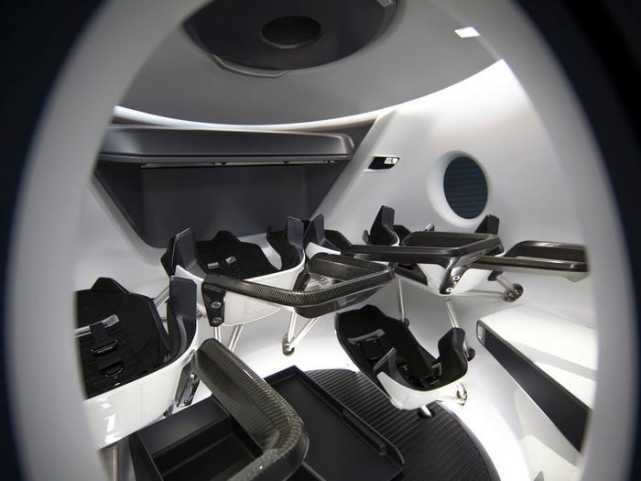
Figure 3: The internal diagram of the manned dragon spacecraft provided by SpaceX
At a press conference on May 25, SpaceX ’s vice president of mission assurance Hans Koenigsmann (responsible for the safety and reliability of the flight) refused to provide information about the manned Dragon spacecraft Basic information about the new space toilet. When asked about the basic location and function of the toilet, he replied: “I don’t know the answer to the toilet question, so I will skip this step.”
Although NASA paid about $ 3.14 billion in taxpayer funds to help build the manned dragon spacecraft, the spacecraft was developed privately and many of its systems are considered proprietary. But the fact may be that SpaceX does not want to waste valuable space on building huge space toilets, and this setting is likely to be just a simple hose and bag system, much like a similar system on the Russian Soyuz spacecraft.
Located above the astronaut ’s head?
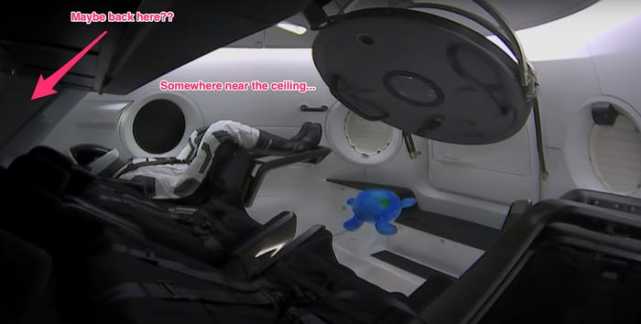
Figure 4: On March 3, 2019, the SpaceX manned dragon spacecraft appeared at the NASA welcome ceremony < / p>
Former NASA astronaut Garrett Reisman has worked in SpaceX ’s development of the manned dragon spacecraft for many years. He said the space toilet is located near the top of the spacecraft. But he said: “I do n’t know if the toilet is really cool, but it does exist. I can tell you where it is-in a 1G (Earth gravity) environment, it will face the ceiling. But at zero G (microgravity ) In the environment, this is not important. “
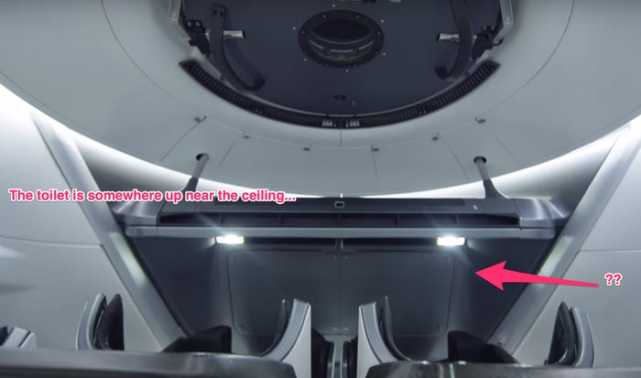
Figure 5: An interior view overlooking the manned dragon spacecraft from the bottom of the astronaut seat
The manned dragon spaceship that can accommodate 7 people is larger than the Russian Soyuz spacecraft, which has three very comfortable seats. Since terminating the space shuttle program nearly nine years ago, NASA astronauts have been paying Russia to enter space. The Soyuz is equipped with a simple hose system called “basic” by astronaut Chris Hadfield. He added that the astronauts had to have an enema twice before launching, hoping not to use it at all.
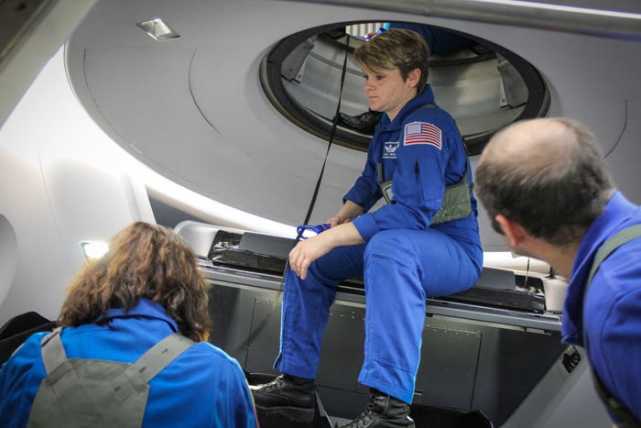
Figure 6: 2016, NASA astronaut Annie· McLean attended training at SpaceX headquarters in Hawthorne, California
But on this SpaceX capsule, which is nearly 4 meters wide, there is still not enough space to hide the toilet. It is unclear how the system works, but it is certainly much smaller than the relatively large toilets used on the previous space shuttle.
To go to the toilet in space is never easy
Retired NASA astronaut Peggy Whitson has previously revealed that going to the toilet is undoubtedly the worst part of life in space. Designing a toilet that can work in a microgravity environment is not easy, and some of the earliest hose connectors were specifically designed for men.
The United States recently spent US $ 19 million to build a Russian-style toilet for the International Space Station, instead of worrying about making its own system, which is still difficult to use. Before leaving Earth, astronauts must practice aiming in a small cup-sized hole, use the camera to align, and learn how to connect the necessary hose and bag systems.
If SpaceX can figure out how to design a better outer space toilet system, astronauts will be more comfortable in space, and eventually will also do so on their journey to Mars. But for now, the company seems determined to keep any improvements or upgrades to the space toilets it may provide strictly confidential.
Space toilet history
More than 50 years ago, NASA ’s Apollo project took human space flight to a whole new level through its breakthrough flight and manned moon landing technology. However, although the Apollo mission made history, astronauts performing the mission did not have toilets available. Instead, the astronauts urinate in a “decompression tube” (designed only for male astronauts, because NASA only employed male astronauts at the time), then poured it into a bag and brought it back to Earth for testing.
Fast-forward to NASA ’s space shuttle program, and the astronauts finally have a space toilet. This type of toilet is called a waste collection system (WCS). It uses a rotating fan to distribute solid waste in the container, which is exposed to the vacuum of the space to dry it. However, liquid waste is discharged into space. However, during the test flight of the STS-3 space shuttle, the system failed, and astronauts Jack Lousma and Gordon Fullerton had to put their excreta in the backup system , That is, a container called a fecal containment device (FCD).
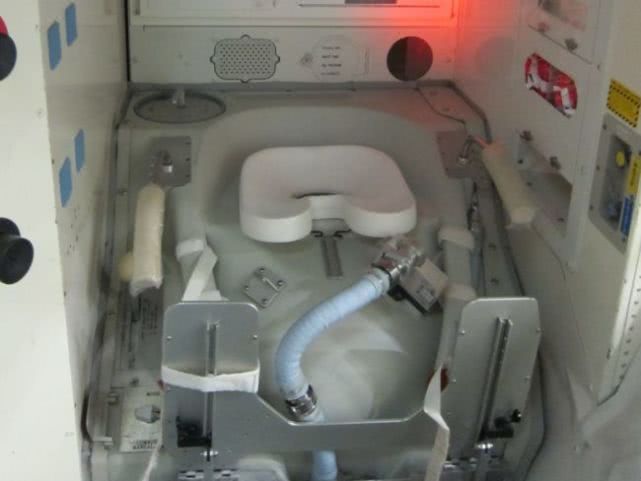
Figure 7: Space toilets currently in use on the International Space Station
With the development of aerospace technology, space toilets continue to improve. On the International Space Station, astronauts have two toilets, Zvezda and Tranquility, which are located in two cabins in Russia and the United States. Like the system on the space shuttle, current toilets also use a fan system to distribute and inhale feces. Liquid waste and solid waste are collected in different containers, and solid waste is stored in bags in aluminum containers.
NASA is working to improve the waste removal system of its Orion spacecraft. This new space toilet is called the Universal Waste Management System (UWMS). According to the NASA website, UWMS is designed as “a compact toilet system that can be used on many future manned spacecraft and habitats.” NASA officials have said that their goal is to design next-generation space toilets that not only perform better than previous models, but also make astronauts feel more comfortable.